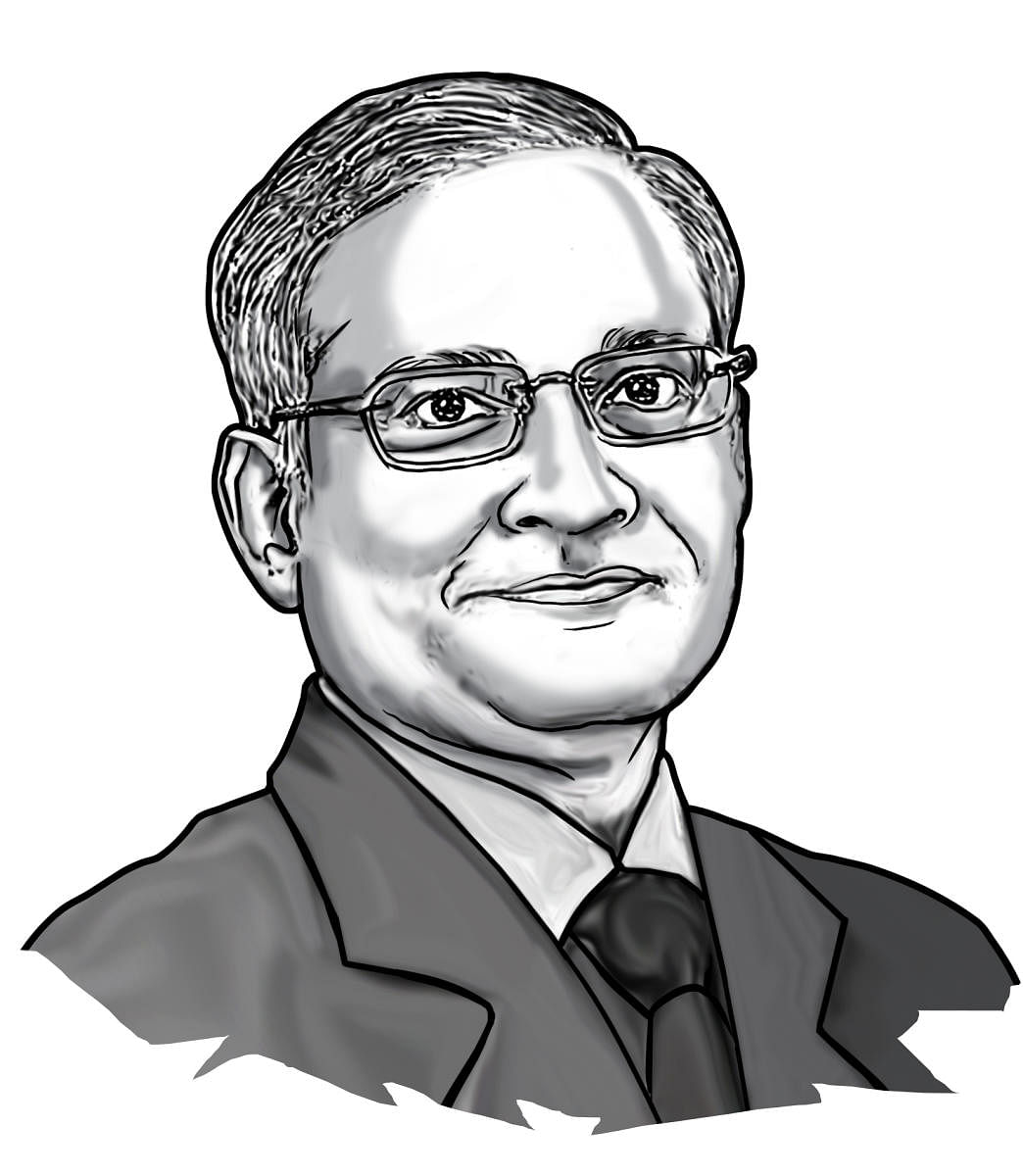
Tragedy struck the Chinese people at a time of their most auspicious festival. ‘Spring Festival’ is the occasion for family reunions with an estimated 300 to 400 million people traveling to be with their parents and siblings. Novel Coronavirus (nCov) spread out like wildfire from the industrial hub of interior China in Wuhan city, transmitting the virus to the rest of the country and the world at large triggering concerns about millions of peoples’ health, safety and lives.
Such pandemics in China have, unfortunately, become the ‘new normal’, with precedents in recent times in the debilitating bird flu of 1997, the SARS (severe acute respiratory syndrome) epidemic in 2003, influenza H1N1 virus in 2009 and others. SARS took a toll of 774 people out of over 8,000 confirmed cases of infection. H1N1, on the other hand, took a toll globally of over 200,000.
While the confirmed nCov cases are cited so far to be half the SARS numbers, under-reporting, lack of transparency and other factors could explain the current figures. However, Dr Gabriel Leung at the University of Hong Kong estimates that nCov has infected 10 times the number of people that the official figure admits.
Speculation flew fast in the absence of transparency, perhaps even obfuscation, in the early stages of the virus outbreak. A Washington Post report alluded to the origins of the nCov from a biological weapons laboratory in Wuhan, while another report in the Chinese social networking site Weixin suggested that China’s biological weapons are directed against emerging India-US equations.
China prides in its “institutional preparedness” to address pandemics. To address nCov, China formed a “small leading group” headed by Premier Li Keqiang, who visited Wuhan. President Xi Jinping addressed the armed forces, stating that the situation is “grim and complicated”. Two hospitals to treat nCov patients were being built at Wuhan. Xi further alluded to battling the “devils.”
As a novel virus containment strategy, China began locking down 11 million people in Wuhan, although it is not clear whether this will be effective, with people fanning out in all directions. Other cities in China are also on high alert with many international airlines having cancelled or planning to cancel bookings and flights to Wuhan and other cities. Yet, many hospital staff complain of shortages of sanitisers, masks, vaccines, overwork, fatigue and lack of food and rest.
The World Health Organisation, which withheld advisories on nCov spread due to lack of evidence until January 30, finally declared the outbreak a “public health emergency of international concern” after nCov spread to over 18 countries, including one confirmed case in India. Delayed responses also led to many a country toying with the idea of evacuation of foreign nationals. Taiwan, which lost the bid to join the WHO as a sovereign member due to Beijing’s pressure, pointedly reminded the world about the effects of transmission of the virus from China, with the UK and Canada supporting.
India is a concerned party. Over 30,000 Indian students are studying in China, with a majority of them in Tianjin and Guangzhou but nearly 700 in the virus epicentre in Wuhan. The first confirmed case of nCov in India was that of a student from Kerala who returned from Wuhan. This suggests to institutional preparedness in India, which began readying for evacuation of Indians from Wuhan.
Anti-colonial affinities between India and China in the 20th century inspired the likes of Dr Dwarakanath Kotnis to serve injured patients in China during World War 2, but the current self-financing budding Indian doctors feel no such calling in a globalising and highly commercial China. nCov is likely to dampen Indian middle-class parents’ obsession with sending their wards to study medicine in China in the short to medium term. But between nations, as during the Sichuan earthquake in 2008, India must send a medical team to Wuhan for relief work.